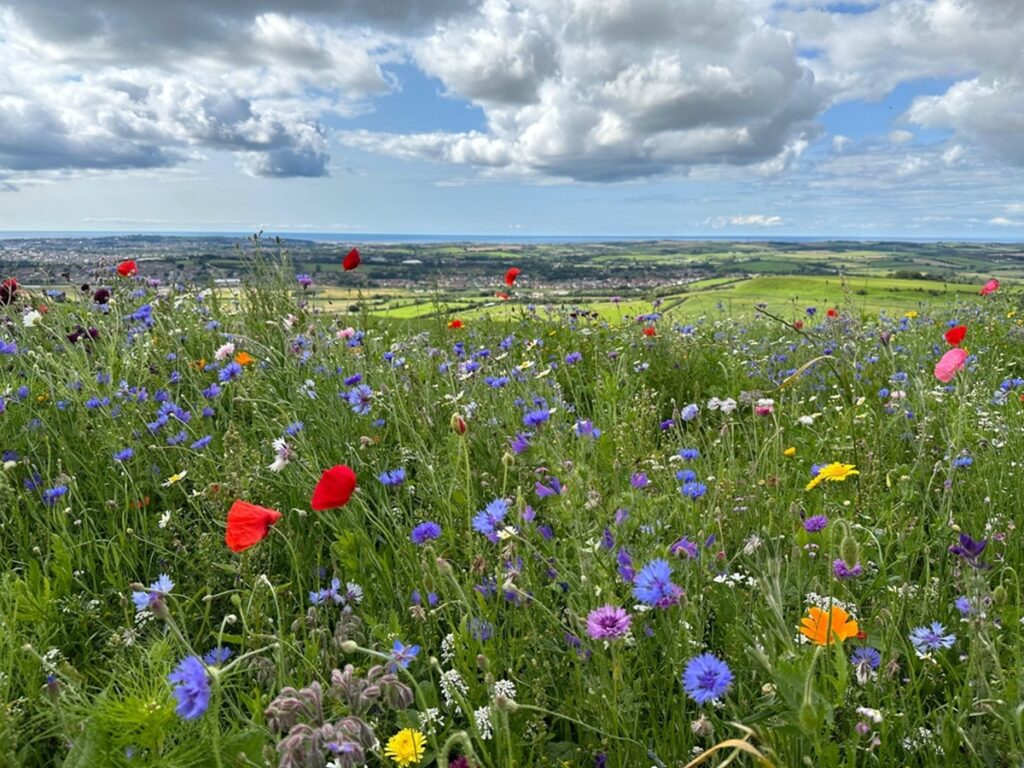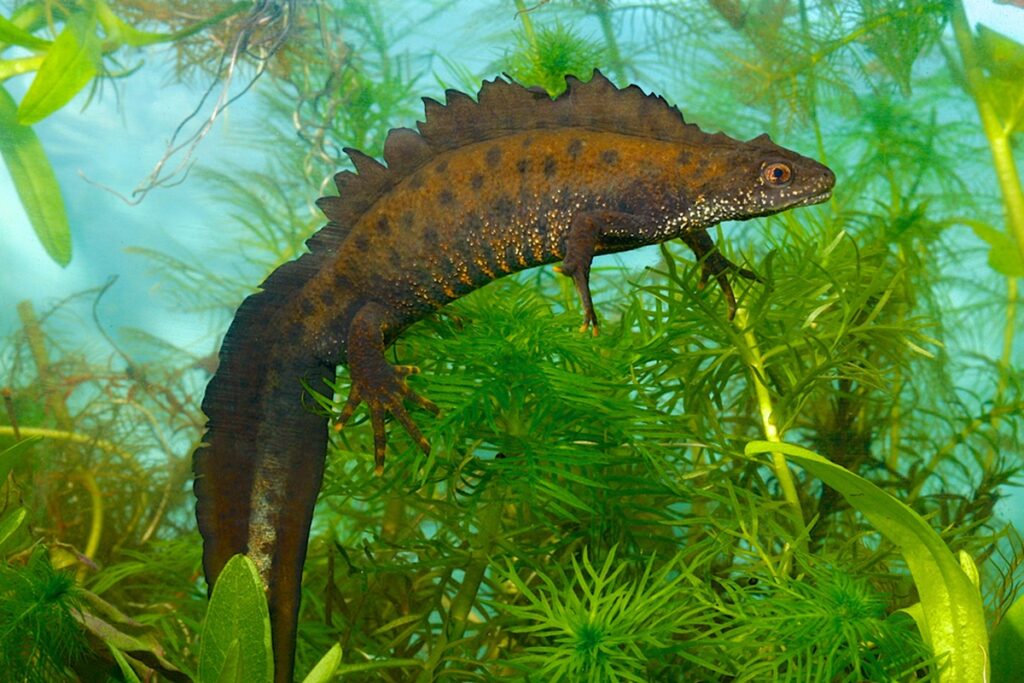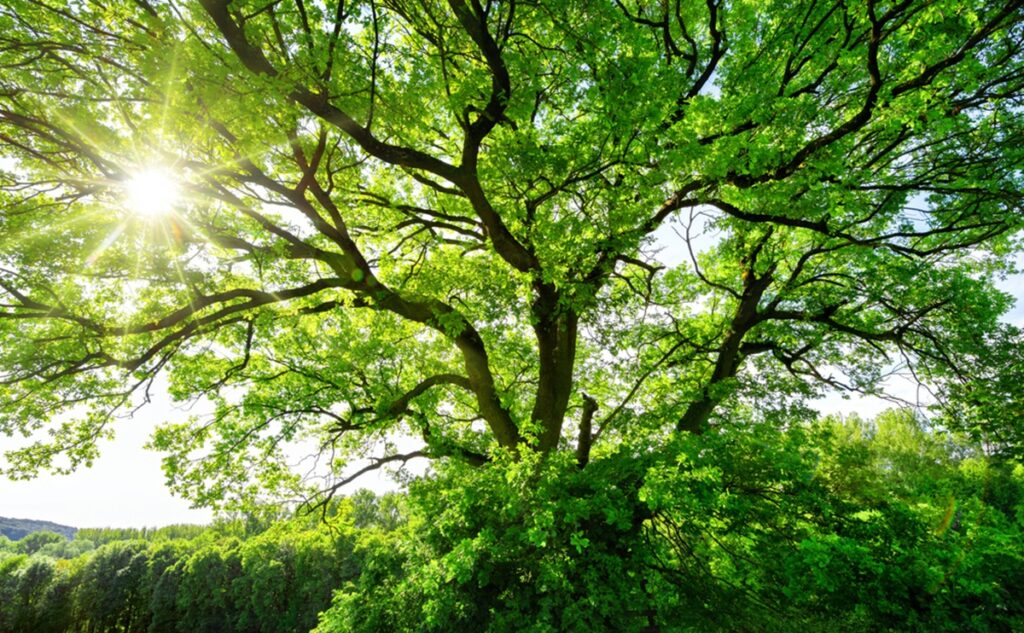Biodiversity Net Gain Isle of Wight: Expert BNG Reports & Assessments
The Environment Act 2021 has made biodiversity net gain (BNG) a legal requirement for most developments across England, and this includes the Isle of Wight. From February 2024, planning applications on the island must demonstrate a minimum 10% uplift in biodiversity, leaving the natural environment in a measurably better state according to the government’s statutory Biodiversity Metric.
This applies to a wide range of new developments, from housing in Newport to rural projects near Ventnor or coastal schemes around Yarmouth. Every development must first establish the site’s ecological baseline, then demonstrate how biodiversity will be enhanced post-development in their submission to local planning authorities.
Where this uplift cannot be achieved fully on-site, developers will need to secure BNG units off-site on the island, or as a last resort, purchase statutory biodiversity credits. BNG reports must be conducted by a qualified, competent person.
As well as adding to an area’s biodiversity value, adopting a BNG policy also helps mitigate climate change and improves water quality.

Ecological Priorities on the Isle of Wight (IoW)
This island in the south east is of outstanding ecological importance and is home to a wide variety of priority habitats. The island’s chalk grasslands, maritime cliffs, ancient woodlands and wetlands provide habitats for rare and protected species.
Special sites include Newtown National Nature Reserve, the Medina Estuary, Arreton Down, and the internationally significant Solent and Southampton Water Special Protection Area (SPA).
The island supports red squirrels, bats, dormice, great crested newts, and breeding waders, making ecological considerations central to most development projects. Coastal habitats are particularly sensitive, with saltmarshes, sand dunes and intertidal mudflats playing a key role in both biodiversity and climate resilience.
Any biodiversity net gain plan must therefore demonstrate clear alignment with these ecological priorities and the island’s Local Nature Recovery Strategy.

Preparing a Biodiversity Net Gain BNG Report
Producing a BNG report on the IoW begins with a baseline ecological survey. Ecologists identify and record existing habitats, assess their condition, and map them to establish the biodiversity value of the site.
Development proposals are then analysed against these findings to assess habitat lost to the scheme and predict post-development ecological value from new habitats created. If the scheme cannot demonstrate a positive impact and calculations fall short of the statutory ten per cent uplift, further habitat creation or enhancement measures are proposed.
Because of the island’s rich habitats, many sites also require additional protected species surveys. Great crested newts are a frequent consideration due to the abundance of ponds across the island, while bats and dormice often require targeted assessments in woodlands and hedgerow networks.
These surveys are usually integrated with the BNG process to ensure full compliance with both biodiversity net gain bng legislation, wildlife protection laws and nature recovery strategies.
Delivering BNG Across the Island
The preferred route for achieving BNG is through on-site measures. On the island, this could involve creating new wildflower meadows, restoring chalk grasslands, expanding hedgerows to increase habitat connectivity, or enhancing wetland margins to restore nature.
Where the ten per cent requirement cannot be achieved on the development site itself, biodiversity units may be secured off-site elsewhere on the island, ensuring that ecological benefits remain local. Only in circumstances where this is not possible should statutory credits be used.

Priority Species and Planning Considerations
Given the island’s ecological diversity, priority species frequently play an important role in development assessments. BNG on the IoW is often linked with the need for surveys of bats, dormice, newts, reptiles or breeding birds.
Addressing these requirements early helps avoid planning delays and ensures that BNG measures are consistent with the mitigation hierarchy, which seeks to avoid, minimise, restore and, where necessary, compensate for impacts on wildlife.
What a BNG Plan on the IoW Involves
A BNG plan on the IoW provides a clear and structured approach to demonstrating nature based solutions. It includes the results of the baseline survey, statutory Biodiversity Metric calculations, proposed habitat creation or restoration measures, and a long-term land management plan that secures biodiversity benefits for a minimum of 30 years.
Local authorities also expect BNG plans to show how proposed measures contribute to local ecological priorities, particularly the enhancement of chalk grasslands, woodland corridors, wetlands and coastal habitats.
Expert Support for Biodiversity Net Gain IoW
Our team of qualified ecologists prepares BNG reports on the island for projects of all scales aiming to achieve planning permission, from new developments to small sites or coastal schemes. We are experienced in working with major developers, smaller firms, local planning authorities, landscape architects, local government planners and private homeowners.
We provide baseline surveys, Biodiversity Metric assessments, habitat creation advice and long-term management strategies tailored to the requirements of the local planning authority and Natural England. Where on-site delivery is not achievable, we can also help secure off-site biodiversity units or conservation covenants.
Request a Free Quote for a Biodiversity Gain Plan on the Isle of Wight
If you require a biodiversity net gain BNG assessment on the IoW, our ecologists can provide a clear, fully compliant plan to support your planning application. From the first site survey through to final submission, we ensure your development meets the statutory ten per cent uplift and contributes positively to the island’s natural environment and sustainable development guidelines.
For a free quote, simply contact us and provide us with your site location and further information about the development. By integrating BNG into your project at the earliest stage, you can ensure compliance with the Isle of Wight Council policy and the Town and Country Planning Act, while protecting the island’s wildlife and aiding nature recovery.